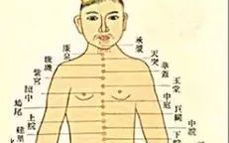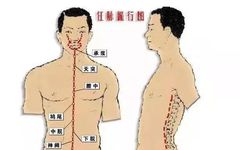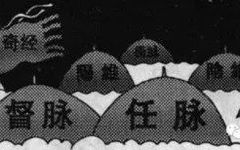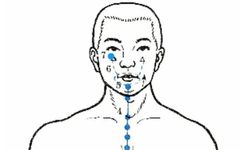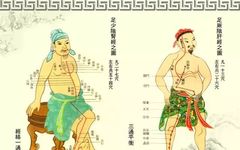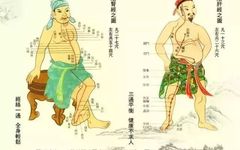Treating Diseases of the Eight Extraordinary Meridians: Ye Tianshi’s Approach to Herbal Medicine
Editor’s Note Ye Tianshi’s exposition on the treatment of diseases through the extraordinary meridians is highly representative. His approach emphasizes the use of the extraordinary meridians, focusing on tonifying and supplementing, thereby expanding the scope of treatment for extraordinary meridian syndromes. Today, let us learn about Ye Tianshi’s principles of herbal medicine for the Eight … Read more



